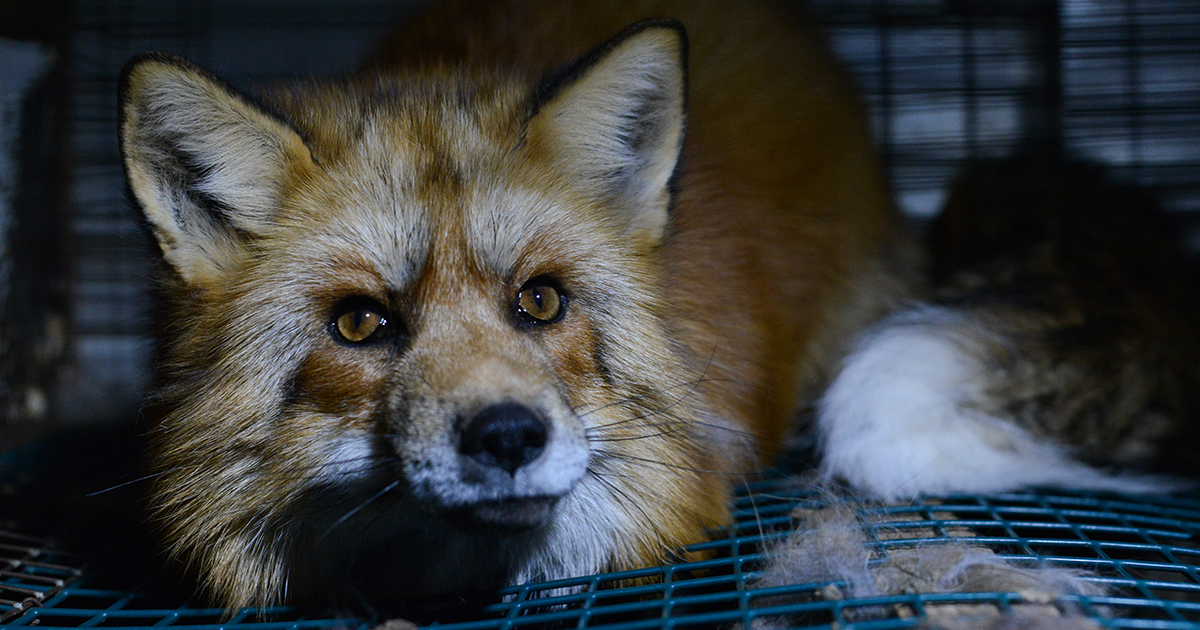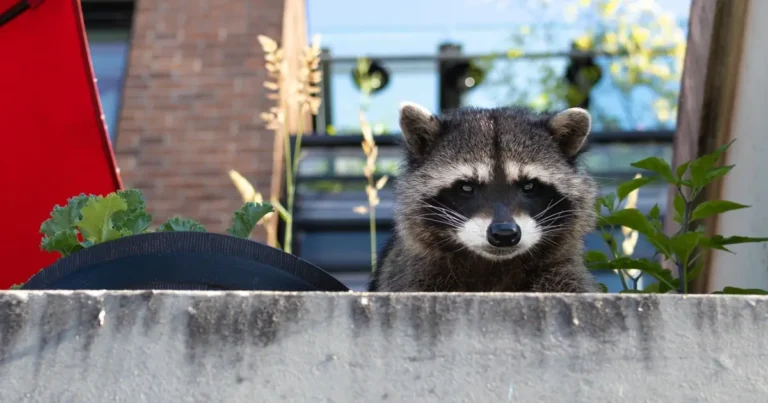
Shoppers looking for coats, blankets, shoes, or even keychains are frequently confronted by fur products – both real and faux. There are some tricks to determining if fur is real (though a microscope or DNA tests are necessary for higher-quality imitations and some real furs), but the lack of labelling laws means clarity from manufacturers and retailers isn’t always available.
Making matters worse this season is the slew of marketing adjectives added to these labels and sale signs, creating confusion for many shoppers who may be unaware of the inherently inhumane acts of the fur industry.
The Fur-Bearers want to address some of the terms we’ve seen assigned to fur products this season and offer some explanation as to whether they’re truthful, or hiding the nefarious truth about fur:
- Humane. The term humane is contentious in the world of animal welfare and conservation as it is unregulated; that is, there is no accepted definition of humane across its various uses. In the fur industry, it frequently refers to the Agreement on International Humane Trapping Standards, a trade agreement that sets out testing parameters and baselines for some traps. Of course, the AIHTS has a built in acceptable 20% failure rate – meaning 1 in 5 animals caught in a trap can be horrifically injured or maimed, and it will still be considered “humane.” The majority of fur comes from animals trapped in the wild against their will, or from factory-style fur farms. It is not humane.
- Vegan. This one was a bit baffling, but a supporter sent in a photo of a down-filled jacket with a “vegan” fur lining. Our presumption is that the fur is faux (though we’d want to test it to be certain), but the down-filling would render the concept of the jacket being vegan moot.
- Green or sustainable. These are popular spin words used by the fur industry, trying to appeal to people with environmental concerns. The reality is most fur is farmed and that creates massive amounts of feces and urine, uses massive amounts of water, and creates a great deal of waste. Trapped fur isn’t without environmental costs (not including the killing of the animal targeted, non-target species, or domestic animals). In fact, the fur industry isn’t allowed to use the term ‘green’ in multiple countries.
- Free range. Yes, that one actually came up at a retailer. Despite the claims, we have seen no evidence that “free range” fur farms exist (one example given to us was that foxes are allowed to roam and are occasionally shaved).
A lot of terminology gets thrown about to try and make fur appealing to the masses, regardless of the facts. That’s why our campaign to #MakeFurHistory depends largely on you sharing this information with others, so the truth can come out. We believe in a Canada that is fur-free, and it starts with educating consumers to the realities of fur.
monthly donor(for as little as $10/month – the cost of two lattes) pleaseclick hereand help us save lives today.

